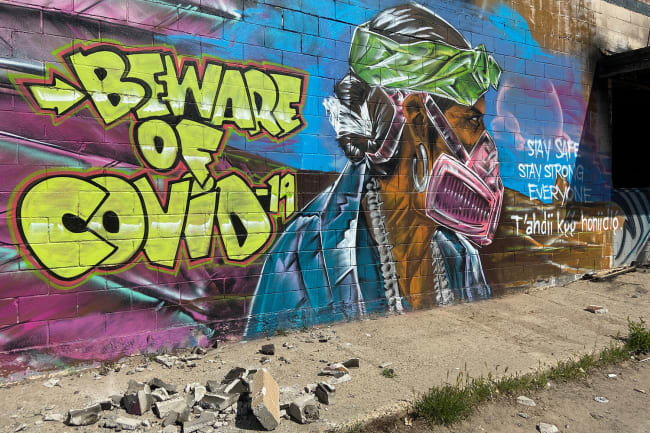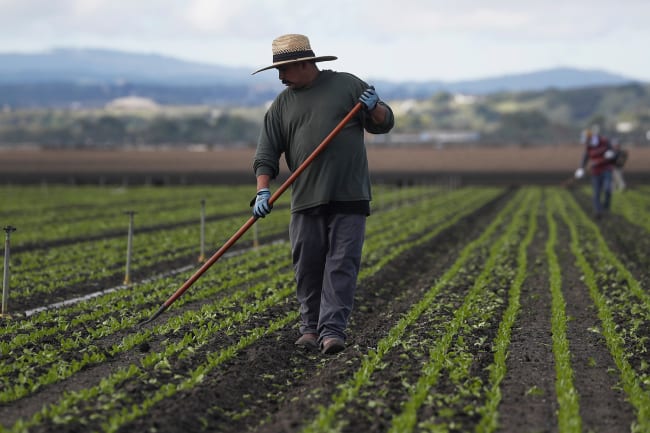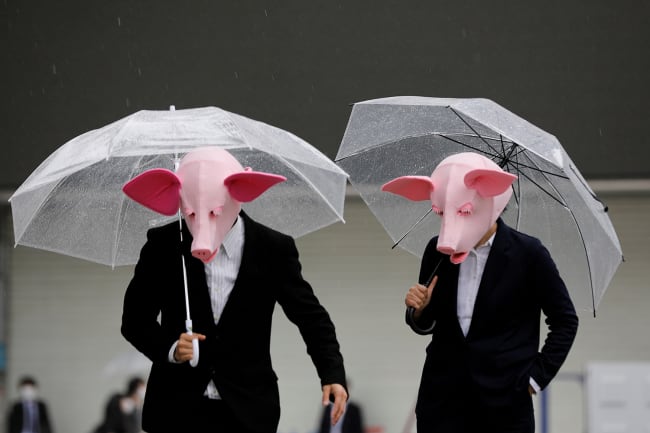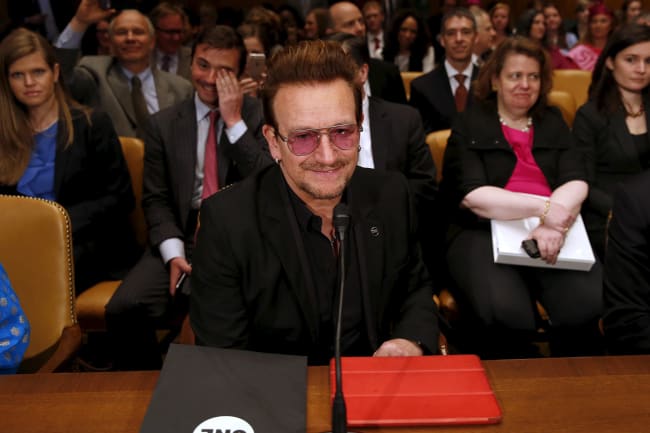The crying of a mother at her son's gravesite must be one of the most haunting sounds in the world. It is the sound of a tragedy no mother should be asked to endure. Yet that sound is being heard too frequently on the Navajo Nation as its numbers of COVID-19 cases per capita surpass those of any geographical area in the country. The sound is one of a Navajo voice mourning due to COVID-19 ravaging her loved ones.
That sound is being heard too frequently on the Navajo Nation
The United States at large is now choosing to hear Navajo voices. Coronavirus has struck the Navajo people, and issues like the lack of clean water, electricity, and health care infrastructure are hitting the news as attention is drawn to the sovereign nation. But these problems are not new. The reason the Navajo are suffering today is secondary to years of oppression, a myriad of broken treaties, racism, and genocide—perpetuated by the U.S. government. The Navajo people have suffered for years, but now COVID-19 has been the force bringing suffering voices to the forefront of the American consciousness.
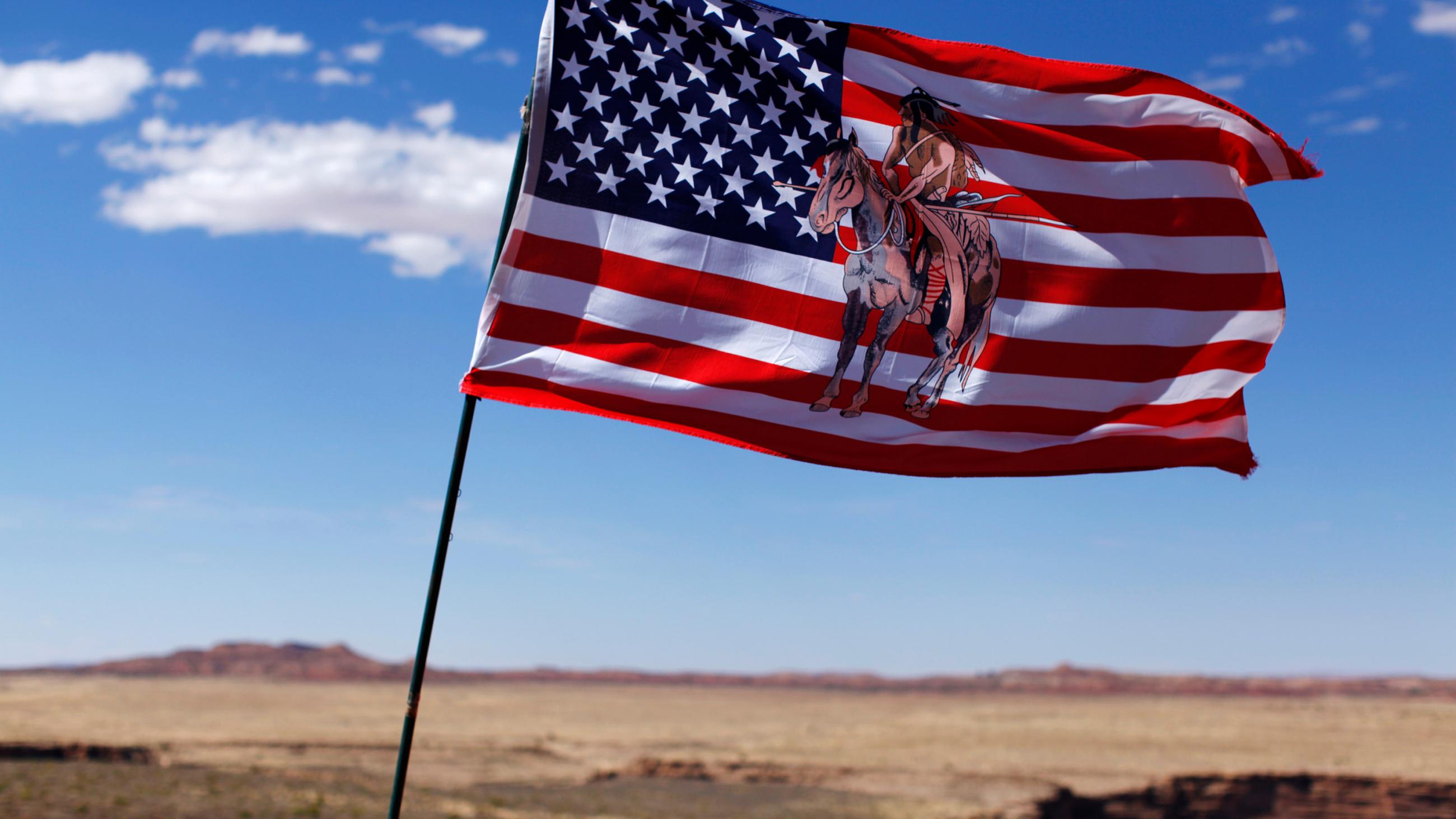
Yet amidst this suffering is an amazing group of people. I've worked as a physician alongside Navajo doctors, nurses, medical assistants, and staff. Their resourcefulness and resiliency are remarkable. Jenn Gorman is the director of wellness at Tsehootsooi Medical Center in Fort Defiance on the Navajo Nation.
Her department has completely pivoted in the role it's playing and the services it's providing because of COVID-19. When describing Tsehootsooi Medical Center's response to the virus to me recently, she said, "Literally everyone was working together to try and do exactly what was needed. And everyone was in that hyper-vigilant, even superhuman mode, where somehow you're cranking out amazing work on the spot."
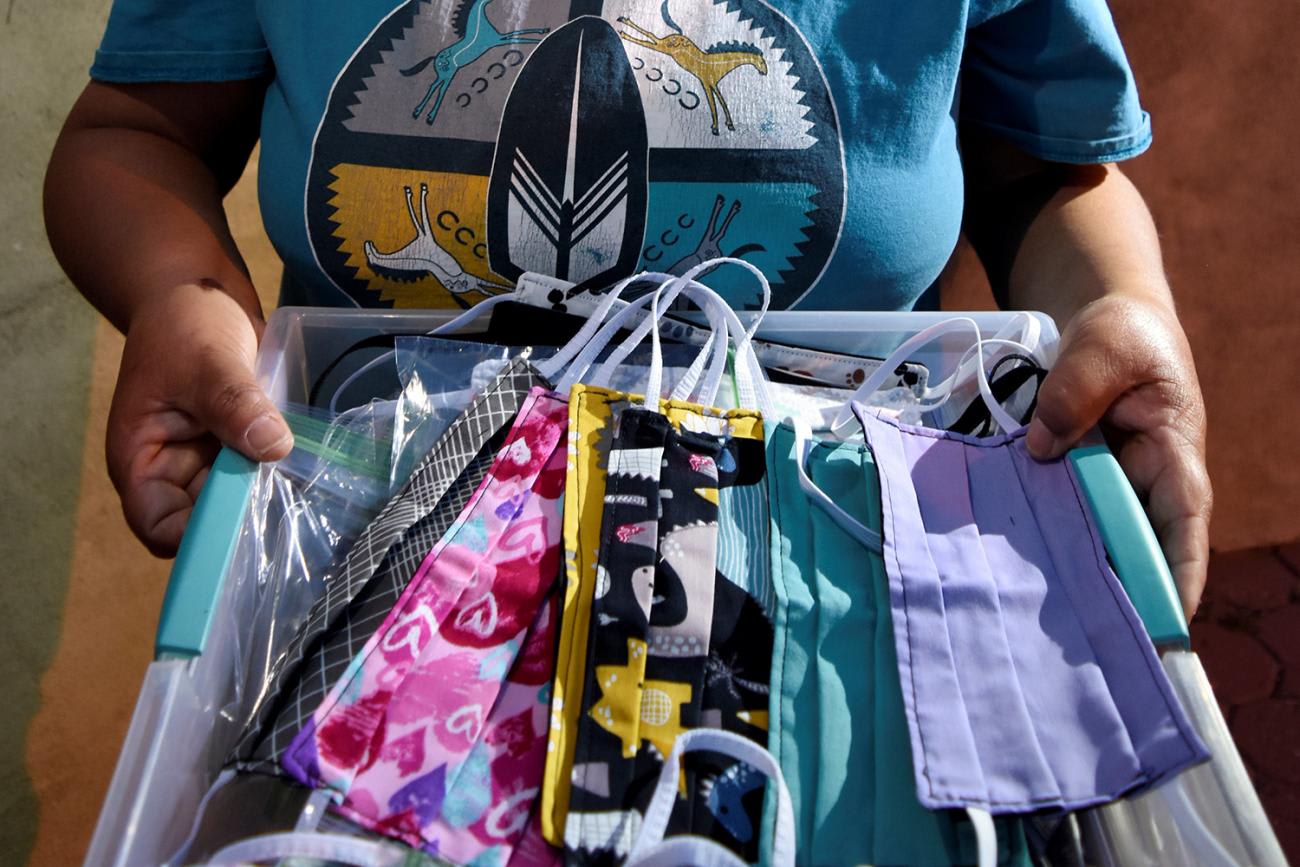
Shoaib Khan, a family medicine physician from University of California, San Francisco working with the Navajo Nation, said, "we ran out of masks and then the community just started sending masks to us." Some of those masks may have come from Gorman's mother. Gorman states, "she started sewing masks, and to date…I think she's (sewn) over 500."
Everyone was in that hyper-vigilant, even superhuman mode, where somehow you're cranking out amazing work on the spot
Jenn Gorman, Tsehootsooi Medical Center
Community and family on the reservation are strong forces. Multiple generations live in houses and hogans—traditional log cabin-like dwellings—preserving remnants of the traditional Navajo way of life. Elders are the foundation of the Navajo community. Generations in close proximity have increased the spread of COVID-19, but this proximity is also a source of Navajo resiliency. When describing her relationship with her Nali lady (grandmother), Gorman states, "by far the single largest source of power and energy that I get is from that woman." Natasha Topaha is a Navajo medical assistant providing care in Fort Defiance. She states her elders are who inspire her. "They have been through pandemics before in the past," she said. "They have passed on their wisdom in our resilience as Navajo people to get through. In this time, you hear more and more stories of what it takes to get through—pulling together as people, helping one another."
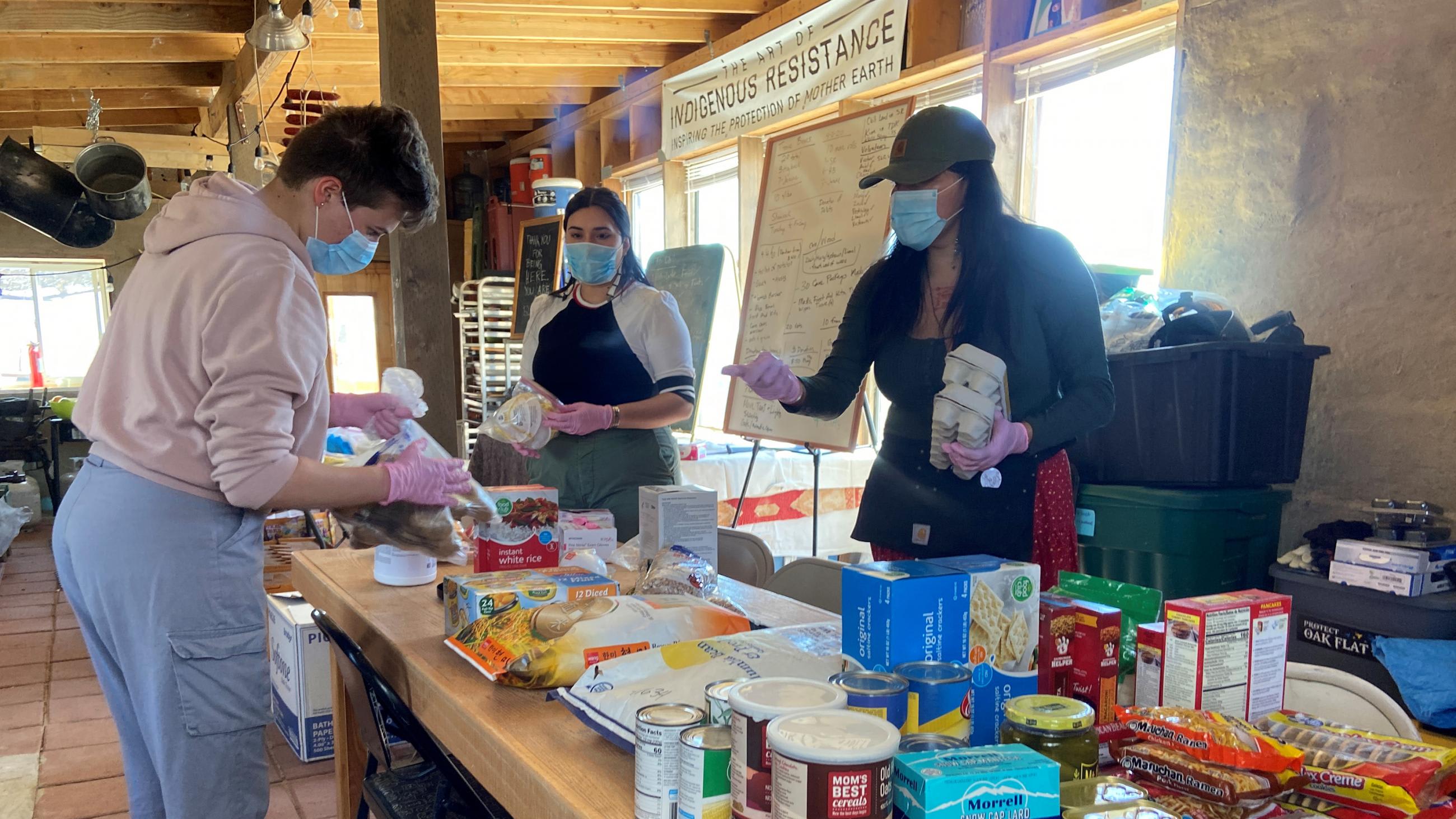
Gorman sees community as the way the Navajo Nation will get through COVID-19. "If we work together, then we work together and take care of ourselves," she said. "We're able to do that for a lot longer than we would have if we were standing alone."
Generations of pain from atrocities of the past
Unfortunately, this resilience does not shield anyone from pain. There is the current pain of illness, death, loneliness, and mourning. This lies on top of generations of pain from atrocities of the past. Topaha, the Navajo medical assistant at Fort Defiance, recently had significant exposure to people with COVID-19, and the possibility of being infected created significant anxiety. She worried aloud about this in a recent conversation we had. "Some people have mild symptoms, some have worse—and you hear even healthy people having more severe symptoms and that's what gets me," she said. How am I going to handle this? How's it going to affect my kids? I'm the main person that takes care of them. My husband works out of state."

University of California, San Francisco (UCSF), where I work, has laudably sent physicians and nurses to Navajo Nation, and Doctors without Borders has sent physicians and staff to a U.S. location for the first time in history. Yes, the Navajo Nation needs partners standing in solidarity with them now. But they also need partners standing with them as the battle with COVID-19 wanes in the future.
As Americans we have an obligation not to ignore the voices of the first Americans
The question is this: Who will stand in solidarity with the Navajo into the future to undo the generations of systemic injustice? Who will choose to know and own the history of American indigenous populations? Who will fight to remedy the fact that the Indian Health Service (IHS) is appallingly underfunded compared to federal funding for other citizens? Who will walk alongside Navajo people as problems such as education, water infrastructure, and food security are addressed? These are insidious problems in comparison to COVID-19 that have been present and will continue to be present until we right the injustice of neglect and oppression. What is unethical and unthinkable is to hear the voices of the Navajo in this time of COVID-19 and ignore their voices from the past and their voices in the future. As Americans we have an obligation not to ignore the voices of the first Americans.

